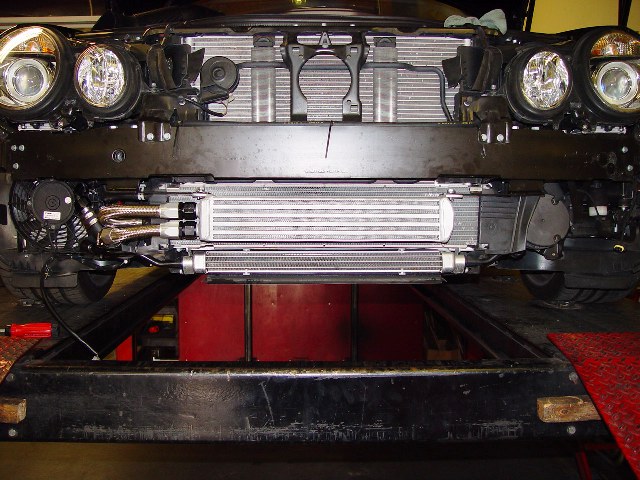Delivering Reliable Used Equipment at Competitive Prices-View Our Inventory. A heat exchanger is a system used to transfer heat between two or more fluids. Heat exchangers are used in both cooling and heating processes. The fluids may be separated by a solid wall to prevent mixing or they may be in direct contact.

They are widely used in space heating, refrigeration, air conditioning, power stations, chemical plants, petrochemical plants, petroleum refineries, natural-gas processing, and sewage treatment. HY-C MH-8R Magic Heat Bottom Crimp Heat Reclaimer for Use with Wood Burning Appliances, UL Liste Fits Single Wall Chimney Pipe 4. The most common type of heat exchanger is the shell-and-tube type illustrated in Figure 2. It utilizes a bundle of tubes through which one of the fluids flows. These tubes are enclosed in a shell with provisions for the other fluid to flow through the spaces between the tubes. When a fluid is used to transfer heat , the fluid could be a liqui such as water or oil, or could be moving air. Plate heat exchangers are usually brazed or gasketed depending on the application and fluids being used.
A furnace’s heat exchanger is a set of tubes or coils that are looped repeatedly through the air flow inside your furnace for the purpose of heating air. Simply put, the furnace heat exchanger is the part of your furnace that actually heats the air. Heat transfer is a process by which internal energy from one substance transfers to another substance.
Thermodynamics is the study of heat transfer and the changes that result from it. An understanding of heat transfer is crucial to analyzing a thermodynamic process , such as those that take place in heat engines and heat pumps. Condensation on direct contact with a cooling wall of a heat exchanger : This is the most common mode used in industry: Filmwise condensation is when a liquid film is formed on the subcooled surface, and usually occurs when the liquid wets the surface. Dropwise condensation is when liquid drops are. If so, here’s the thing: replacing a heat exchanger isn’t as simple or affordable as it sounds.
What is heat exchanger and how do they work? What are the different types of heat exchangers? Should I replace heat exchanger? How does a votator work? Delivering High-Quality Used Equipment at Competitive Prices-View Our Inventory.
In many engineering applications it is desirable to increase the temperature of one fluid while cooling another. This double action is economically accomplished by a heat exchanger. Larger heat transfer area. Approximately times lighter in weight than that of shell and tube heat exchanger.
Able to withstand high pressure. Might cause clogging as the pathways are very narrow. Order From HVACPartsShop Today! Depending on the model type of the exchanger , the fluids could be in direct contact or separated.

The tube or pipe diameters and length also need to be determine as well as the pressure drop. The principles and workings of gasketed plate heat exchangers. The heat transfer area of a gasketed plate heat exchanger consists of a series of corrugated plates, assembled between a frame and pressure plates to retain pressure. Gaskets act as seals between the plates.
Fluids normally run counter-currently through the heat exchanger. With a HTP high efficiency boiler you can achieve the heat your family or business needs while also saving money and energy.
No comments:
Post a Comment
Note: only a member of this blog may post a comment.